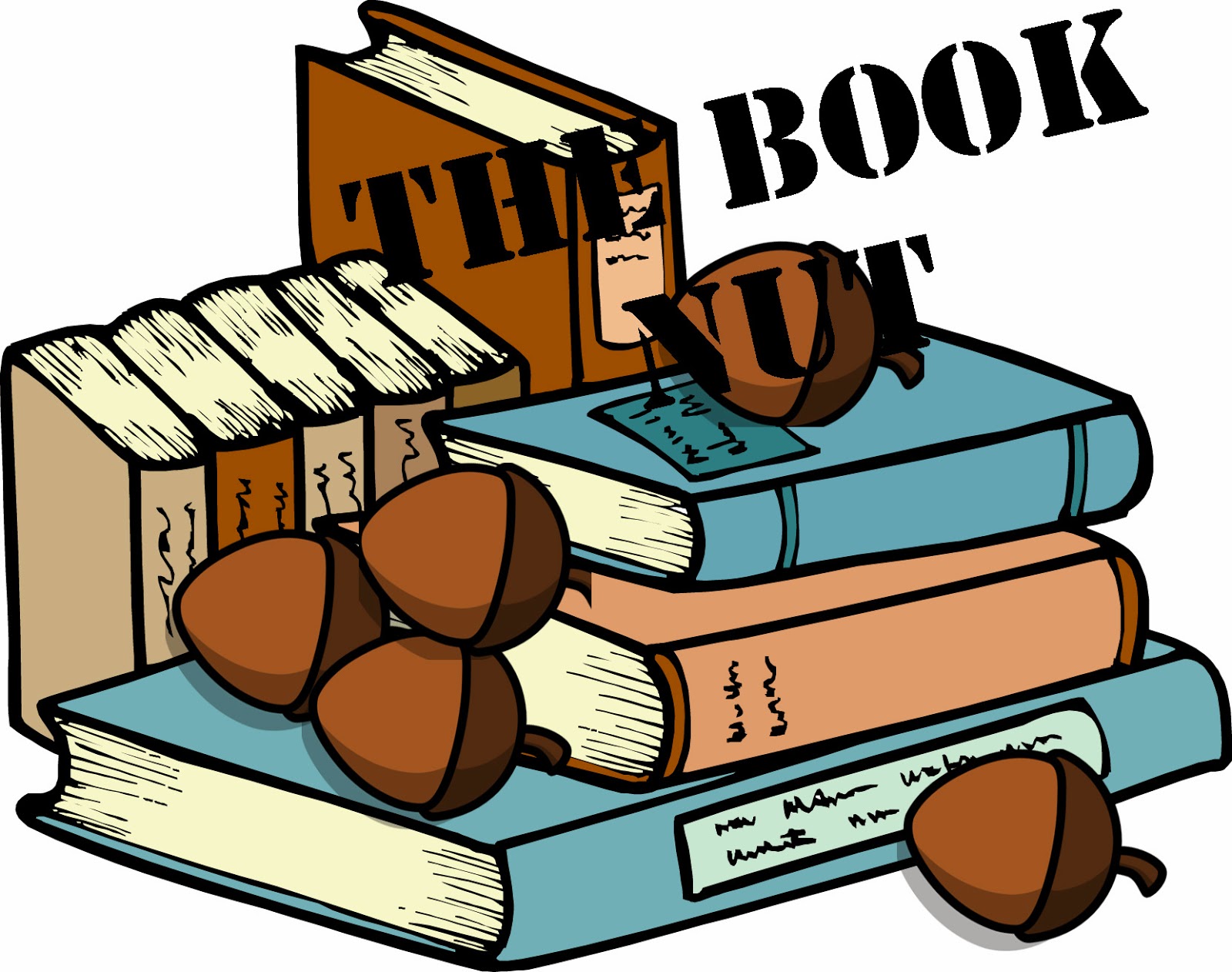Once Upon A Teen Reader: Using no more than 10 words how would you describe A MADNESS SO DISCREET?
Mindy McGinnis: Gothic historical thriller set in an insane asylum.
OUATR: You went from a post-apocalyptic wasteland to a 1890's insane asylum, what prompted the staggering change in scenery, or at least time period (seeing as I think they are both actually set in Ohio)?
MM: They are both set it Ohio, yes! As far as prompting the huge change, I'm varied in my storytelling. I read across all genres and so I write across them as well. There is always one story that supersedes the others, and MADNESS just happened to be what percolated after I was finished with NOT A DROP TO DRINK and IN A HANDFUL OF DUST.
OUATR: Not only did you have regular historical information to get right, you also had some criminal psychology and medical history to get right. What kind of research did you do while writing this book?
MM: I researched for an entire year before writing a word of this book. There was much to learn – the beginnings of criminal psychology, the history of asylum medicine (both the good and the bad), and of course historical details in general. What kind of lighting would be in a room in 1890? What would an asylum inmate be wearing? I’m very particular, and there were days when I couldn’t finish a sentence without doing half an hour of research in order to make sure I got it (hopefully) right.
The specific setting – the Athens Lunatic Asylum in Ohio – has an amazing history. You can do a quick Google and learn about how it’s one of the most haunted places in the world and hear horror stories about the graveyard. And while I’m a fan of the supernatural, I’m also a fan of data. That type of history doesn’t interest me, because most of it quite frankly, just isn’t true.
The Athens asylum was actually an amazing model of humane treatment for the insane. If you were crazy (or just unlucky enough to be deemed so) in 1890, it was a good place to land. One of my best resources for the history of the asylum was Asylum On The Hill: History of A Healing Landscape, by Katherine Ziff. If you’d like to learn more about the actual history of the Athens Lunatic Asylum give it a shot.
I also toured the buildings, which are now part of the Ohio University campus. You can’t go into the patient wards for safety reasons (they are literally crumbling), but some parts of the building are currently in use as staff offices as well as an art gallery. The gallery is open to the public, and when you visit you can see original floors, staircases and woodwork from the insane asylum years. Definitely hit up my Pinterest board if you want to see some pics from my tour!
You can most definitely repost some of my pics from Pinterest, just make sure if you use any of the older ones that you use the attribution that I did, b/c some of those actually belong to University Archives.
OUATR: Not only is Grace struggling with being pregnant in a time where that's taboo, but she's also struggling with a madness that twists her mind. How did you go about writing a character that may not be able to trust everything she was seeing or hearing?
MM: Being in touch with our own dark sides is an important part of fully understanding who you are. I use writing to learn about myself in that way, so I'm familiar with what it's like to really consider the parts of yourself that aren't that pretty, or socially acceptable.
OUATR: You have two novels set to be published in the next two years, what can you tell us about them?
MM: In the future you'll be getting a dark contemporary - rape revenge and vigilante justice - titled THE FEMALE OF THE SPECIES (Fall, 2016 from Katherine Tegen Books) and also GIVEN TO THE SEA, the first in a fantasy series, coming Spring 2017 from Penguin/Putnam.
Fast Five;
1. On a scale of 1 to 10 how scary would you say your book is? I think that really depends on what you think is scary. I personally find the reality of how horrible people can be to each other much more frightening than anything supernatural -- so if we're talking that kind of scary - a 10.
2. Would you survive in your own book? Honestly, probably not. I have a terrible temper and would be blowing up and running my mouth off at the asylum staff... which wouldn't end well. Grace is smart enough to keep her mouth shut and her head down.
3. What is your favorite scary movie? Hitchcock's Vertigo
4. Favorite Halloween candy? Reese's peanut butter pumpkins
5. What YA horror/thriller would you recommend? ANOTHER LITTLE PIECE by Kate Karyus Quinn














